Home>Data Storage>Memory Cards>How Important Is A Flash Memory Card For Your Computer?
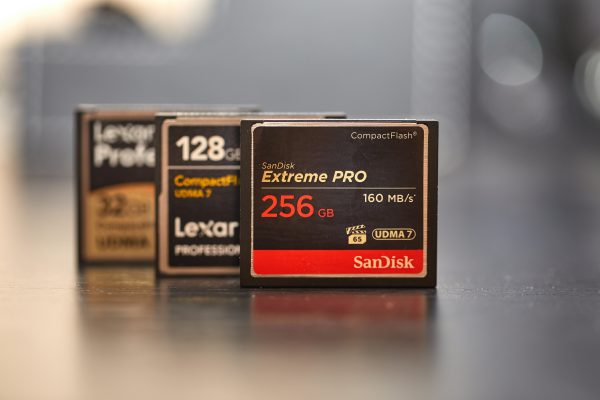
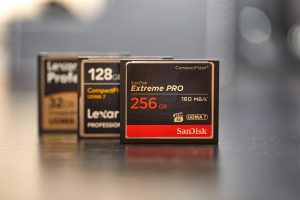
Memory Cards
How Important Is A Flash Memory Card For Your Computer?
Modified: October 27, 2024
While online storage has made the need for SD & flash memory cards redundant, there are still many COMPELLING REASONS why you may want to invest in one SOON
(Many of the links in this article redirect to a specific reviewed product. Your purchase of these products through affiliate links helps to generate commission for Storables.com, at no extra cost. Learn more)
The art of recording data dates back to the end of the 19th century, the cylinder phonograph being one of the earliest devices put together. Since then, the rampant propulsion of technology has revolutionized the process of data recording.
During World War II, both sides of the battlefield put all their mind and might in out-performing their opponent. While the military division put all their resources in building more destructive weapons, a different set of brains were on an oath to change history forever.
The invention of Z3 in 1941, the first fully digital, programmable computer, was a giant leap for mankind. Soon after, the MK II Colossi became the first fully electronic programmable computer. What started from there is a constant struggle to further enhance computing power and process more data simultaneously.
However, another dilemma was soon to emerge. Before scientists realized, the computers were running out of memory and that halted the workflow.
It was 40 years later that Toshiba announced the first flash drive/memory stick for data storage, a predecessor of modern-day data storage devices. Flash memory cards have become a standard in portable devices, such as mobile phones, PDAs, media players, and almost everything portable enough to carry around.
What Is A Flash Memory Card?
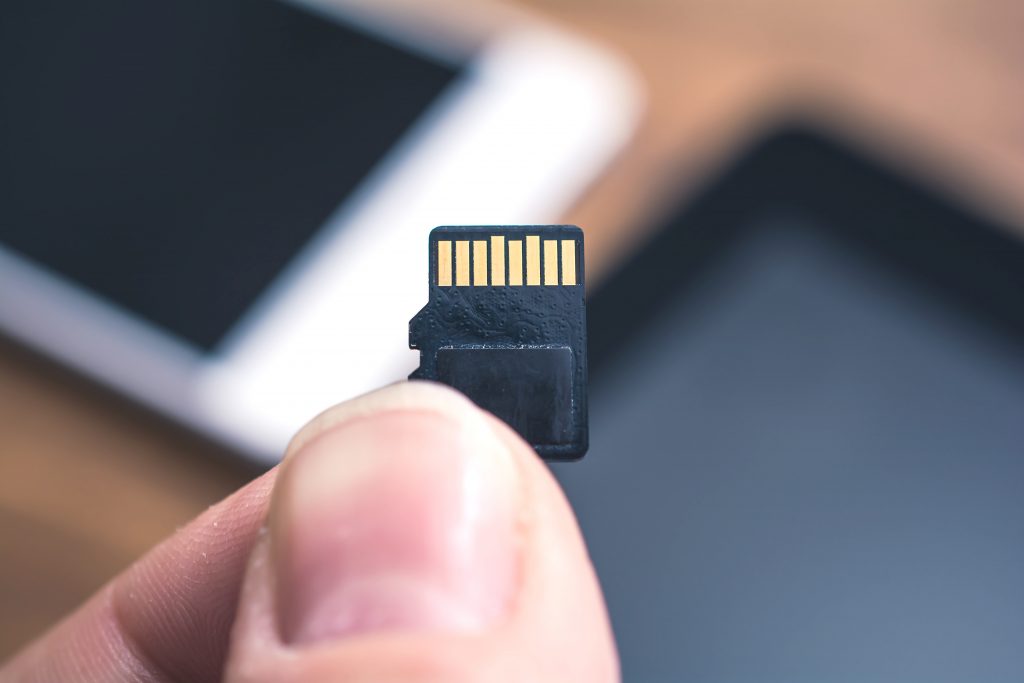
For those interested in the technicalities and wanting to know how does flash memory work, know that there are different flash memory card types. They are a type of digital media storage device relying on non-volatile semiconductor memory. A non-volatile component to memory cards allows long term storage of data possible even after disconnecting from a power source. The printed circuits use NAND flash, a particularly useful variant of the original flash memory card, that allows fast, repeatable, and reliable data recall. It is capable of withstanding digital bug infections (a.k.a. computer virus) and eliminates the need to constantly refresh the data on the memory card.
Read more: What Is Flashing On A Chimney
All Memory Cards Are Different
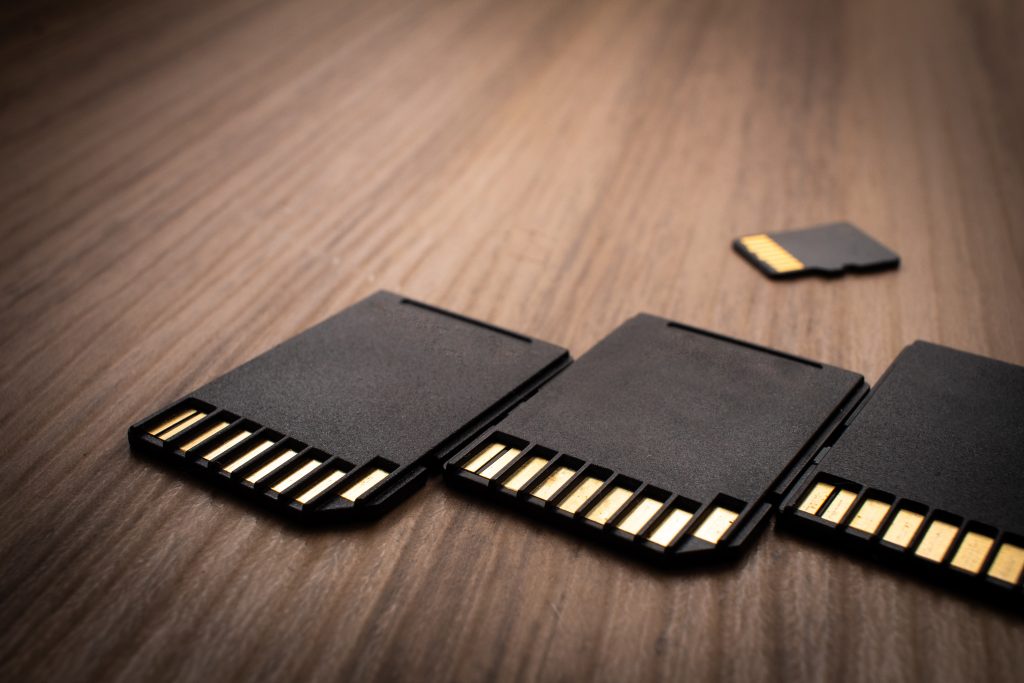
All memory cards are different – with varying types available in the market. They differ in multiple ways, on the basis of whether they cater to consumers or enterprises as well as on the basis of flash memory card cost, their size, their capacity, and what particular devices are they compatible with.
The most widely used type nowadays is the Secure Digital or SD card. Newer generations are smaller in size, making them more versatile in use, aptly called microSD. They are a part of almost every portable device you can imagine, like cameras, mobile phones, tablets, and everything in between.
For devices not dealing with high-density data, a 32 GB SD card is preferable due to low cost and ideal capacity for everyday use. Those requiring a rapid exchange of data, such as high-resolution video recording or taking RAW images, a class 10 SD card offers blazing writing speed.
Few years down the lane, things weren’t always so universal. Many line ups preferred specific types of memory cards and attempted to make their ecosystem impenetrable by third party products. There can be no better example than Sony. Sony made a particular shape and size of flash memory card, called MemoryStick, for its camera line up, the Cyber-Shot. To further fortify the Sony ecosystem, its laptop line up, the VAIO, had a dedicated slot for MemoryStick while every other flash memory card needed a dongle so the system could read it.
How Important Is A Flash Memory Card For Your Computer?
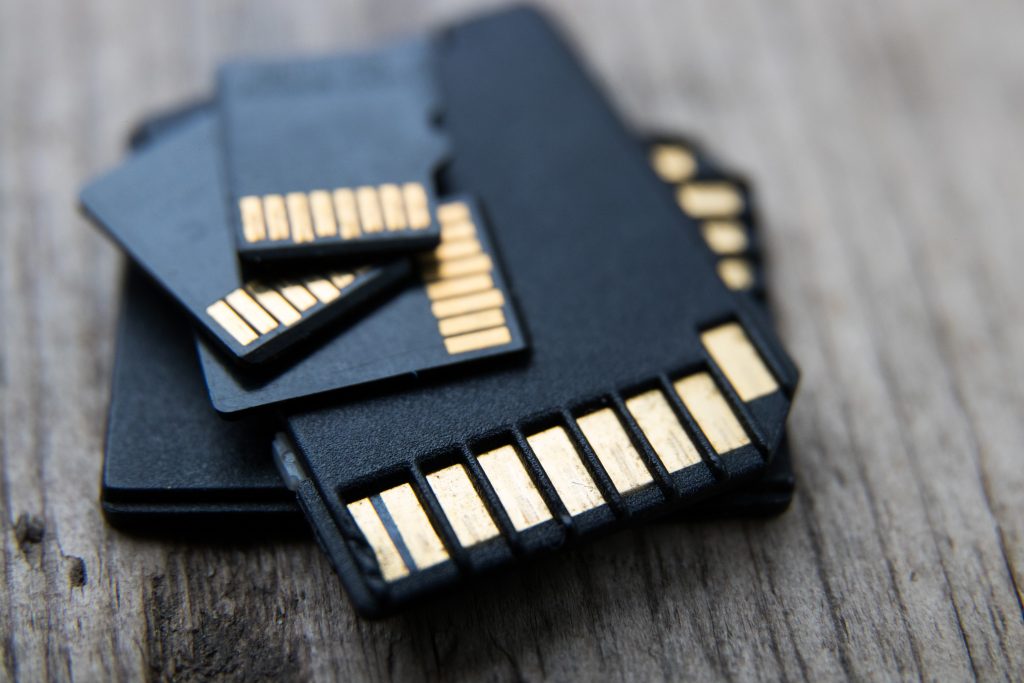
Can you imagine a computer not capable of storing an ample amount of data? Well, there are a few flash memory card advantages and disadvantages. What good would it be if we were able to work on them but not save our data directly with ease? In fact, without this seemingly little piece of technology, you won’t be able to save anything on your phones, cameras, or other devices. What makes memory cards as reliable as they are, is their compact and non-movable design.
Light-Weight Design & Non-Volatile Storage
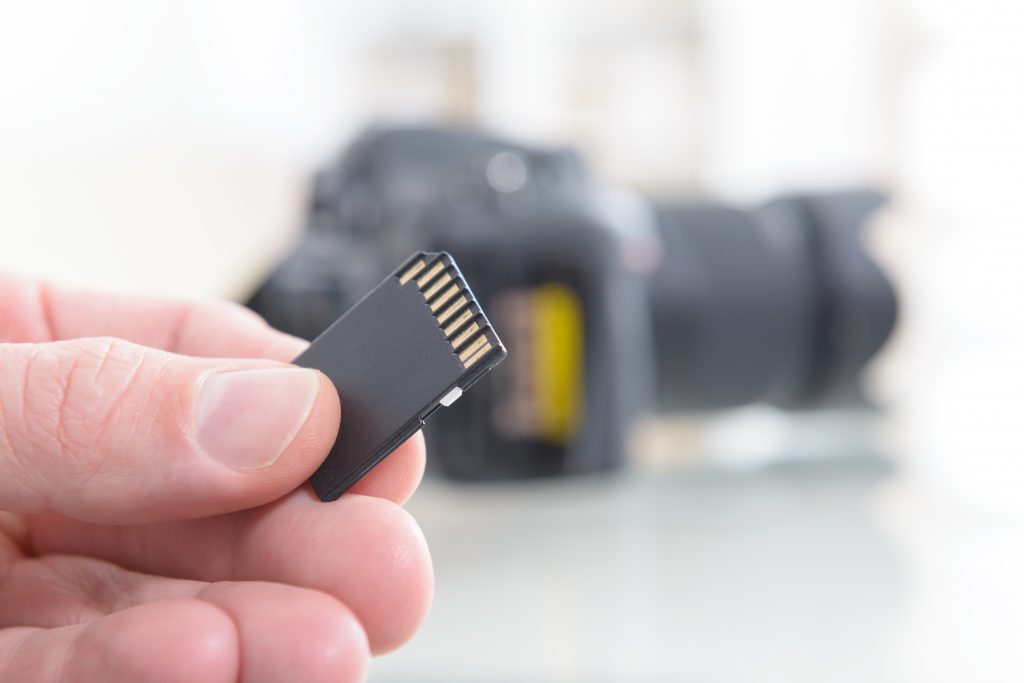
Memory cards also decrease outlying threats to data such as the threat of losing power source. They can hold non-volatile memory which in return provides data stability on the card. Secondly, they are free of mechanical issues or damages, making them more promising. Not to mention, the small, light, and compact card is capable of holding an ample amount of storage capacity, with minimum energy required.
Highly Portable
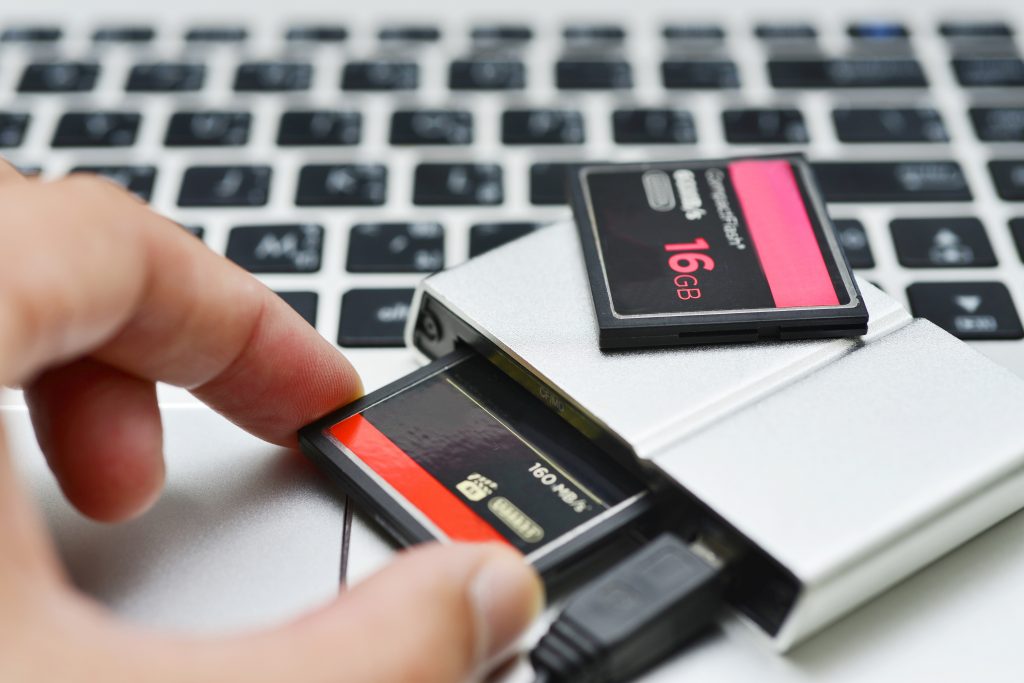
The portability is one of the main factors, making memory cards so famous amongst modern tech devices. Modern device manufacturers are now focused on reducing the size of their technology without compromising on the features. Thankfully flashcards make that easy, as they are lightweight, require low power, and are silent. They also allow immediate access to data, what more could you ask for?
The preeminent feature of flash memory cards is the variety of sizes it offers. You can enjoy just as much data storage space as you need. The most commonly used size is 128GB as it has enough data to fulfill the majority of the storage needs of average users.
Memory cards have now become an essential part of modern devices, including cameras, computers, or mobile phones. Why? Well, they are lightweight, easy to access and give you more storage at a cheaper cost making them highly cost-efficient.
You can even buy a flash memory card reader to read the memory card if the computer or laptop isn’t compatible with the one you have.
One can’t undermine the importance of data backups. Not backing up data, can threaten your workflow if you need it later on. Imagine yourself working in a company, and you somehow fail to record the data by forgetting to back it up. The company won’t bat an eye before they fire you for risking the company’s good-will and messing with their record system. In any organization or institute, data backup is highly emphasized to avoid future problems.
Although it’s equally important to get a high-quality memory card. Amazon’s memory cards have proven to work in an accessible and well-organized way. Including the Amazon Micro SD Card, which is great value for money.
The Only Drawback

Since everything has its pros and cons, there is one major drawback to memory cards as well. The small and lightweight device is more likely to break easily or get misplaced. The smaller the card, the harder it is to find. This is a huge problem for people who store large amounts of their data in memory cards, as they’re crushable. Once you lose the data, there aren’t a lot of ways you could retrieve it. Moreover, due to their small size, people often find themselves misplacing flashcards quite often.
Thankfully memory cards come in different sizes and shapes, suitable to the product supporting it. Diving deeper into the types of memory cards will help you better understand their capabilities and make a more informed decision in terms of which one would suit you best.
Secure Digital (SD)
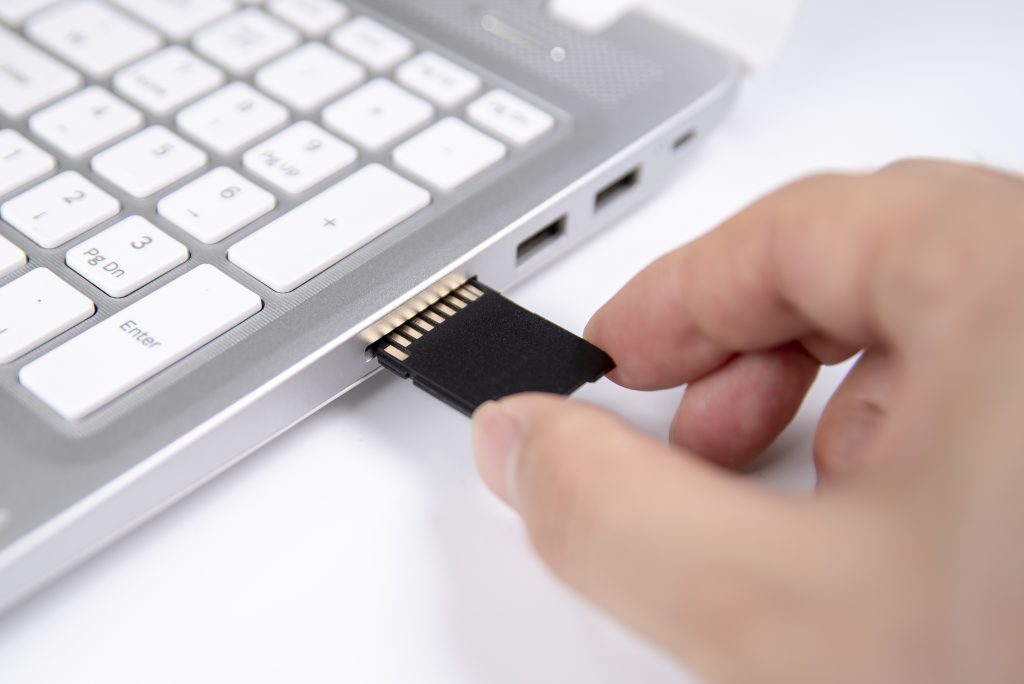
Secure digital cards are the most basic and commonly used type of SD memory card. These cards are available in the size measurements of 32 mm x 24 mm is 2.1 mm thick. Although secure digital cards perform quite well, there are even faster options in-store.
If you deal with low data files or lighter files, this will cost you less than other options and will get the job done.
It’s important to know that any SD card above 4GB of memory is referred to as an SDHC card. As for now, these cards hold the capacity of up to 32 GB. Memory cards offering up to 64 GB are considered Secure Digital High Capacity cards and over 64 GB, are classed as SDXC cards.
Although a 32GB memory card sounds plenty, you can always look for larger sizes in order to ensure that you have more storage space.
Secure Digital High Capacity (SDHC)
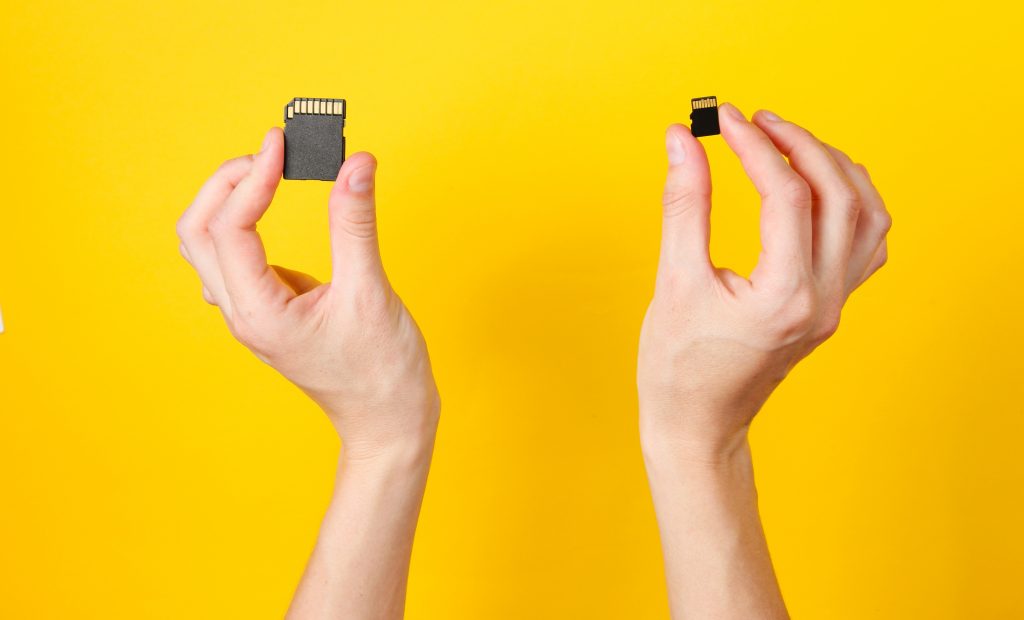
Secure Digital High Capacity cards are designed to meet high demands for storing high-quality videos or photographs. With the same size and exterior built as SD cards, these offer the specifications of version 2.0.
The secure digital high capacity or SDHC cards offer storage space from 4 GB up to 64 GB, ideal for majority students and the general population. And the minimum speed is from 10 MB up to 30 MB.
So in case you like to download movies to watch or deal with videos from time to time, this card is quite ideal for your use.
Read more: How To Attach Flashing To Brick
CompactFlash (CF Card)
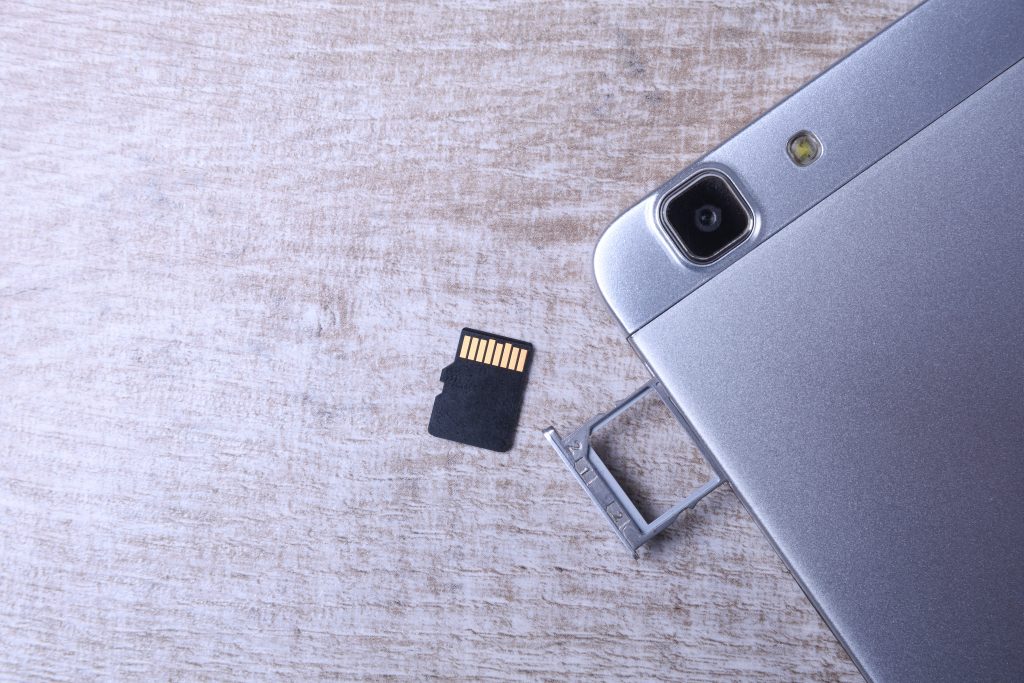
SanDisk was the first to develop the CompactFlash card format in 1994. The flash memory technology used by this small portable card allows it to be compatible with a wide variety of computing devices. The device is solid, having no moving mechanical parts or need of battery power to function.
This card is ideally designed to read and write higher-end videos and photographs. C.F cards came out in various versions including CF 4.1a, CF 5.0, and CF6.0. Each having variations in offered speed and storage.
The CF 4.1 is capable of processing data at the speed of up to 90 MB per second (MBps). Whereas the C.F 5.0 offers a more consistent speed and efficient command, thanks to its support for TRIM operations. The fastest of all CF cards, the CF 6.0 implements Ultra Direct Mode Access 7 (UDMA 7), allowing it to process data at a speed of up to 167 MBps, with additional support for the sanitize command.
Micro Secure Digital (MSDC)
The micro secure digital card, as its name depicts, refers to a micro version of SD cards. They come in the size measurement of 15 mm x 11 mm and 1 mm thick. Although the card comes in a small body, it offers up to 32 GB of storage space. We have technological advancement to thank for that.
If you’re looking to store larger files of data, more easily and need easy access, this micro SD card offers high speed and large storage space. It’s also highly important to get high quality and high-performance SD cards. In case you’re wondering, the Micro SD Card is a great buy if you’re looking for a micro SD card.
Although one downside of micro SD cards is that they come with limited write cycles. So if you rewrite them more often, there’s a threat it might go bad.
Micro Secure Digital Extended Capacity (MircoSDXHC)
The MicroSDXHC cards are quite similar to the SHDC cards, offering a storage capacity of up to 32 GB of data. This card comes in various sizes, each offering a different data processing speed. The data speed for its class 2 to 10, ranges from 2 MB/s up to 10 MB/s.
These cards are mainly designed for portable devices as well but 32 GB of storage is not always a comfortable option for users, especially those dealing with larger files.
Extreme Digital Picture Card (xD)
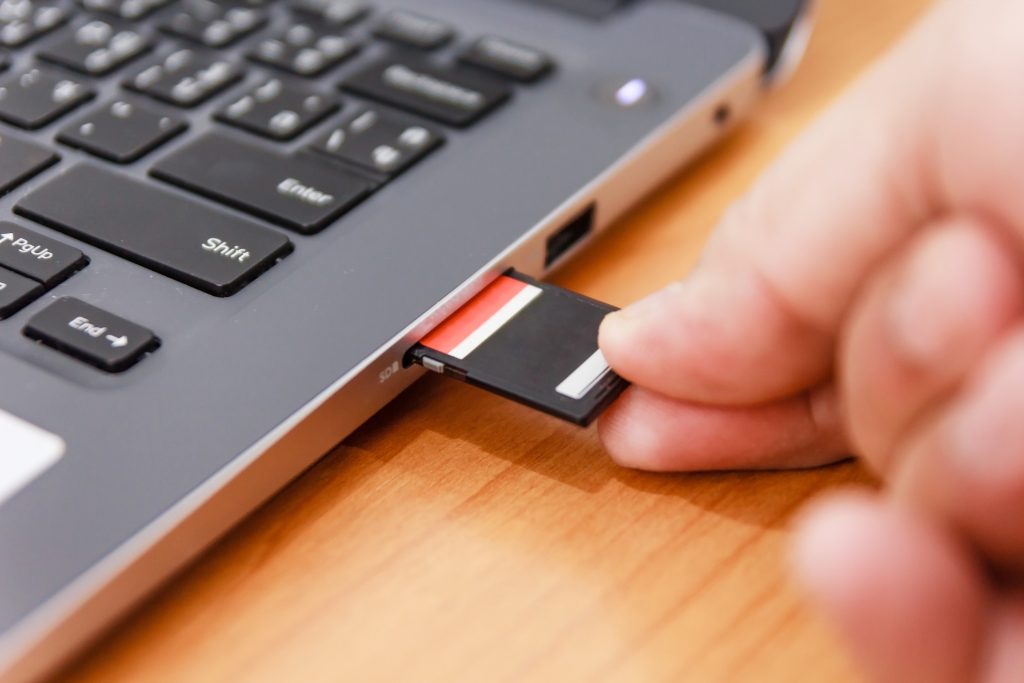
This memory card is designed by Fuji films and Olympus, specifically to suit digital cameras. The compact card comes in the size measuring 20 mm x 25 mm and a thickness of 1.7 mm.
If you’re looking for a memory card for your digital camera, this is your go-to card. It’s specially designed to store and process pictures and videos at an exceptional speed. Although these cards don’t have much storage capacity, ranging from 16 MB up to 2 GB.
Read more: How To Install Dormer Flashing
Final Thoughts
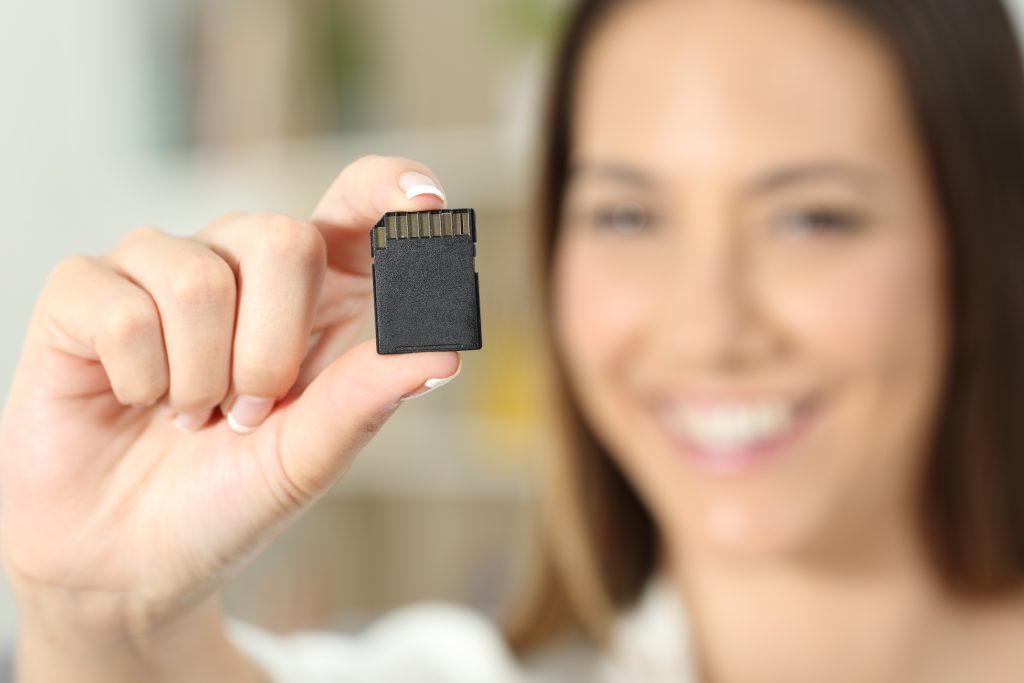
SD cards have played an important part in the revolution of computing devices. Storage issues have stuck with users for ages until these portable storage chips entered the market.
As technology is developing further, these flash memory cards are increasing in storage capacity and speed by the minute. We never know what the future might hold. It’s important to understand what type and size of SD card you need, in order to ensure it’ll suit your storage requirements. For that, there are plenty of options and sizes ranging from as low as 16 MB up to 2 TB.
Memory cards are a good option as they well-designed and proficient flash memory cards. Micro SD Card is a great buy, as it offers reliability at very little cost. Even though there are many storage devices emerging in the market, as technology is progressing, the demand is decreasing drastically with the development of online platforms that allow you to store and secure your data on the cloud, without the hassle of a physical drive or card. The introduction of online storage has somewhat made memory cards and flash drives obsolete. They are still considered a safe and secure way of encrypting data in most cases.
Was this page helpful?
At Storables.com, we guarantee accurate and reliable information. Our content, validated by Expert Board Contributors, is crafted following stringent Editorial Policies. We're committed to providing you with well-researched, expert-backed insights for all your informational needs.


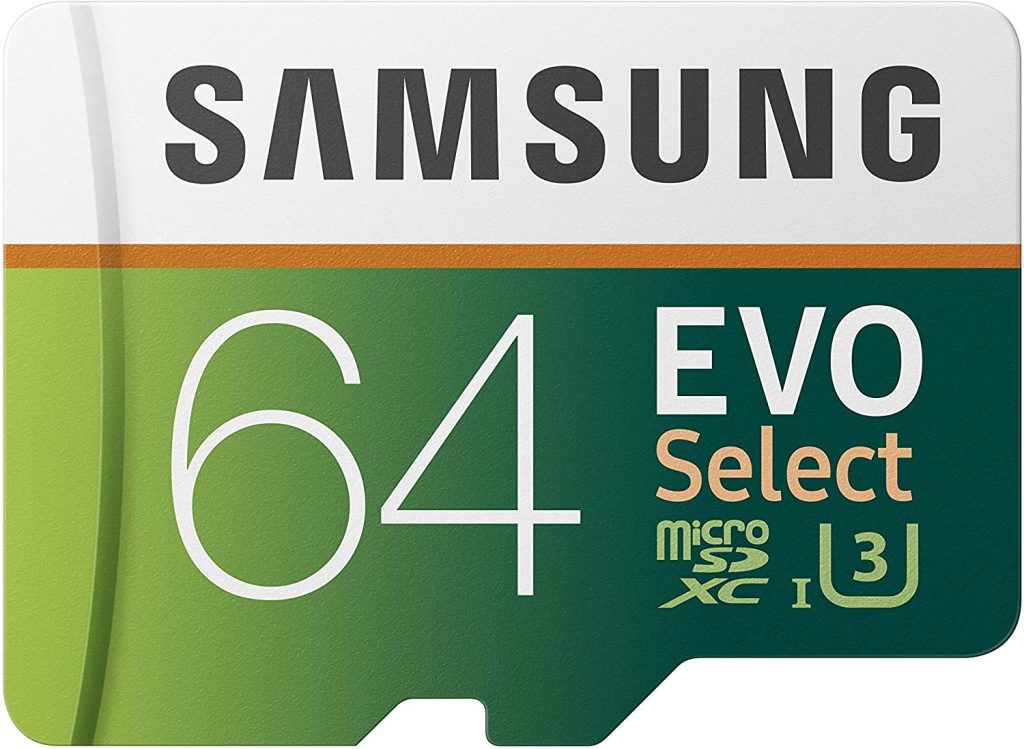
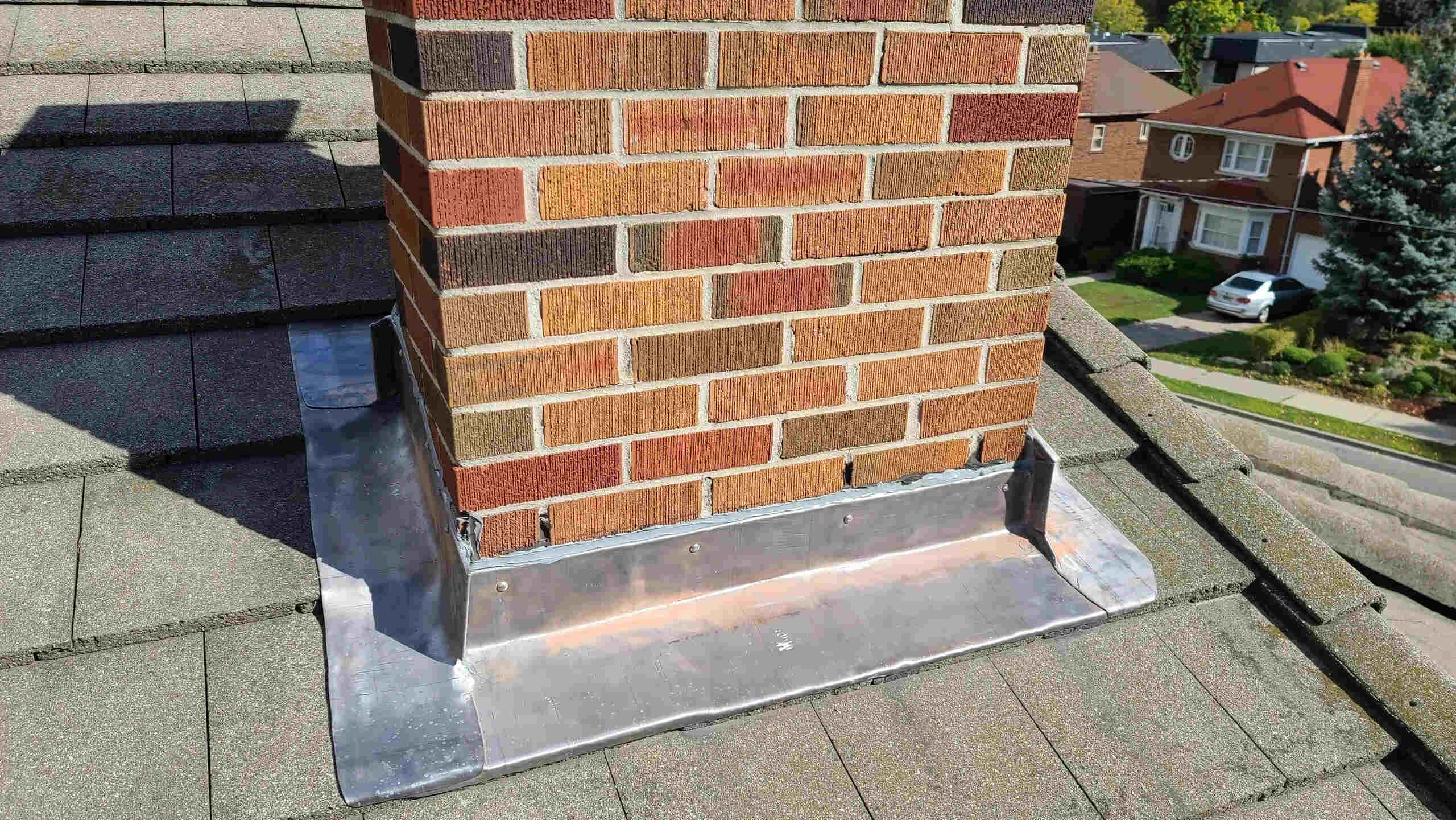
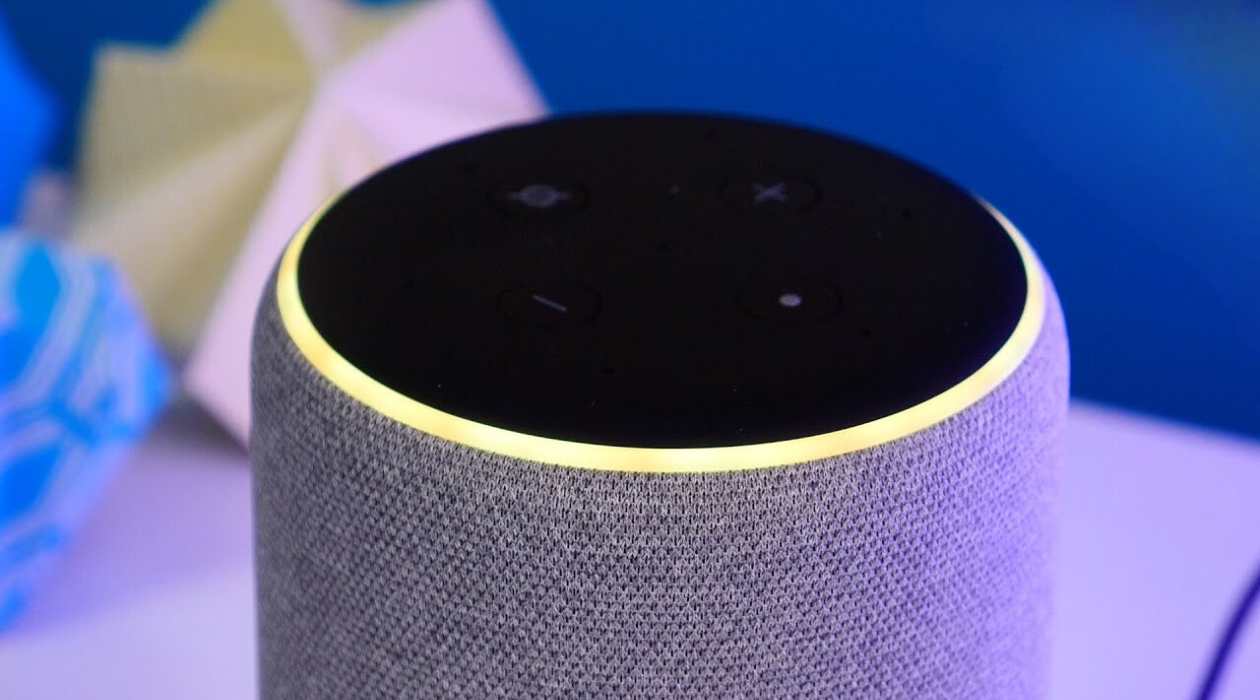
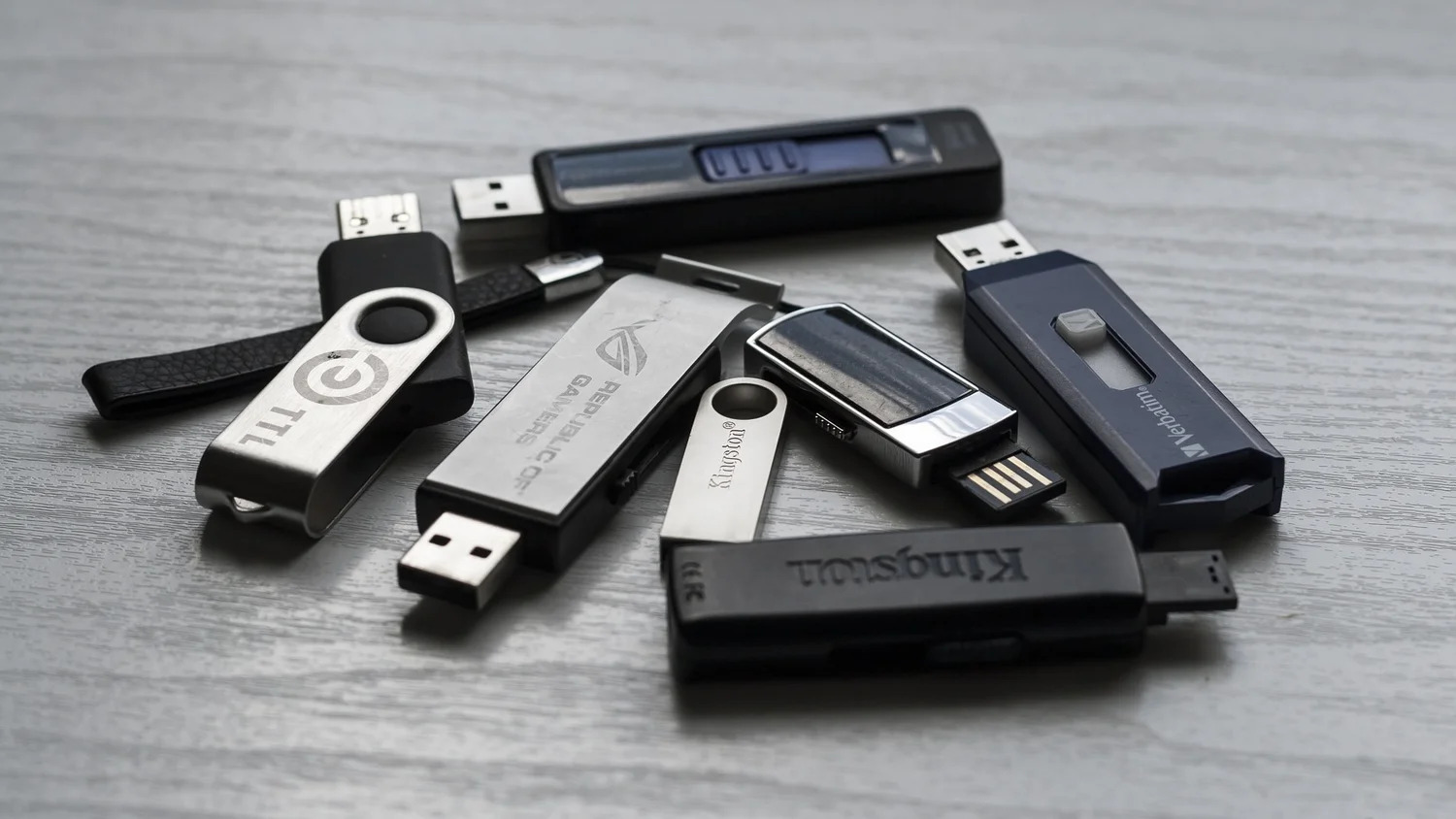
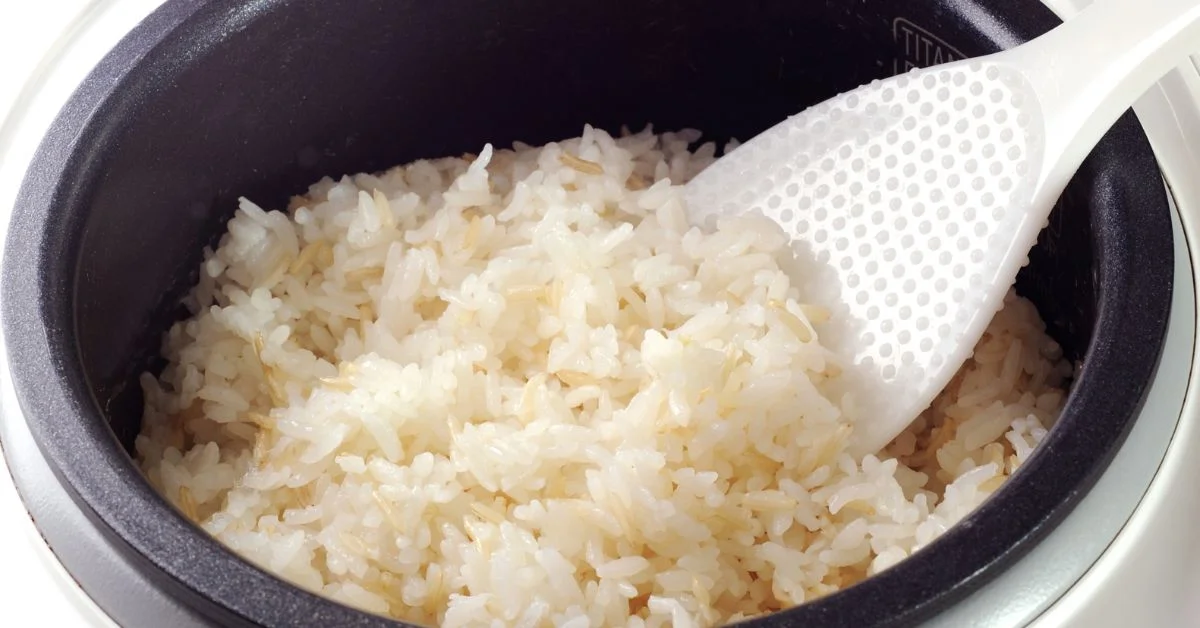



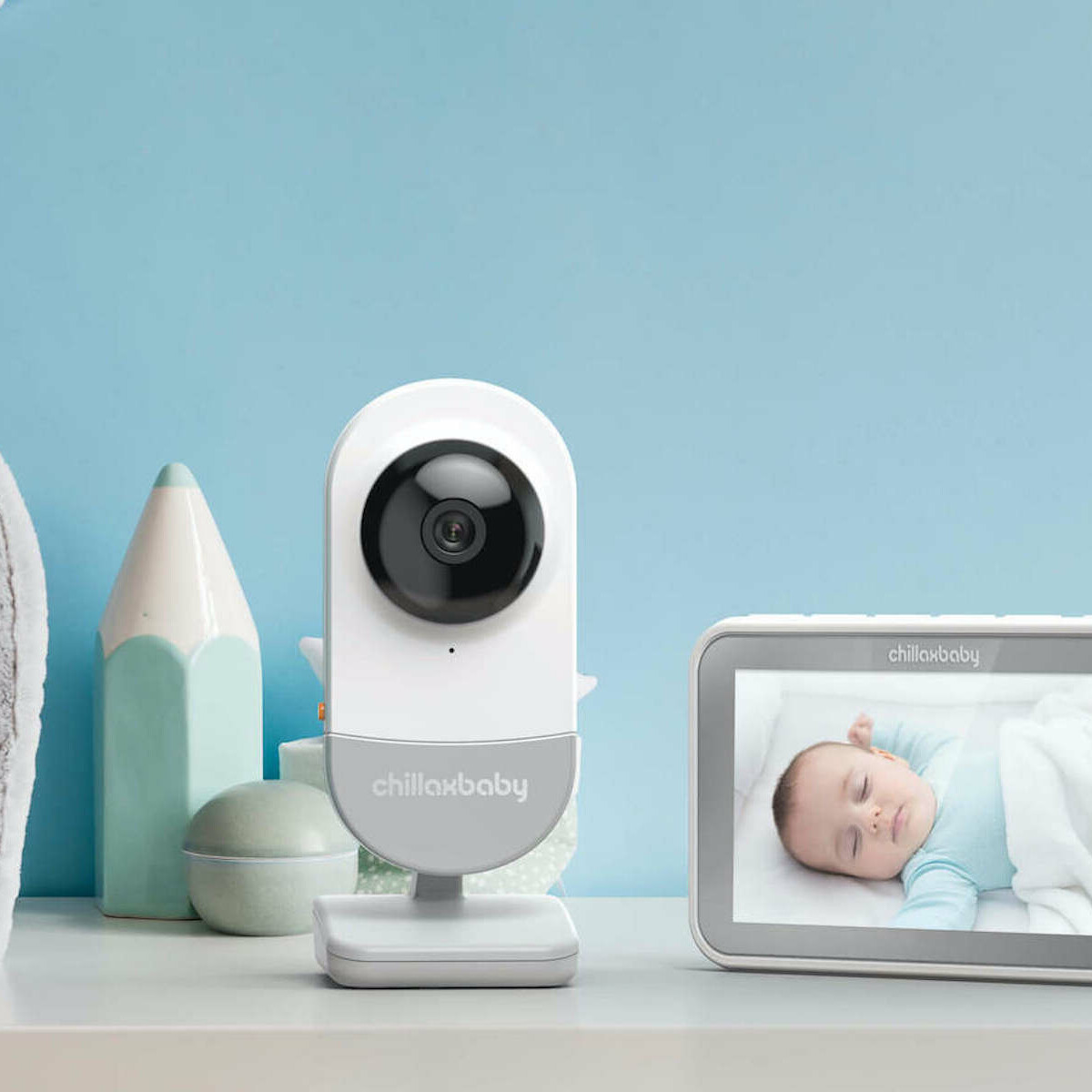
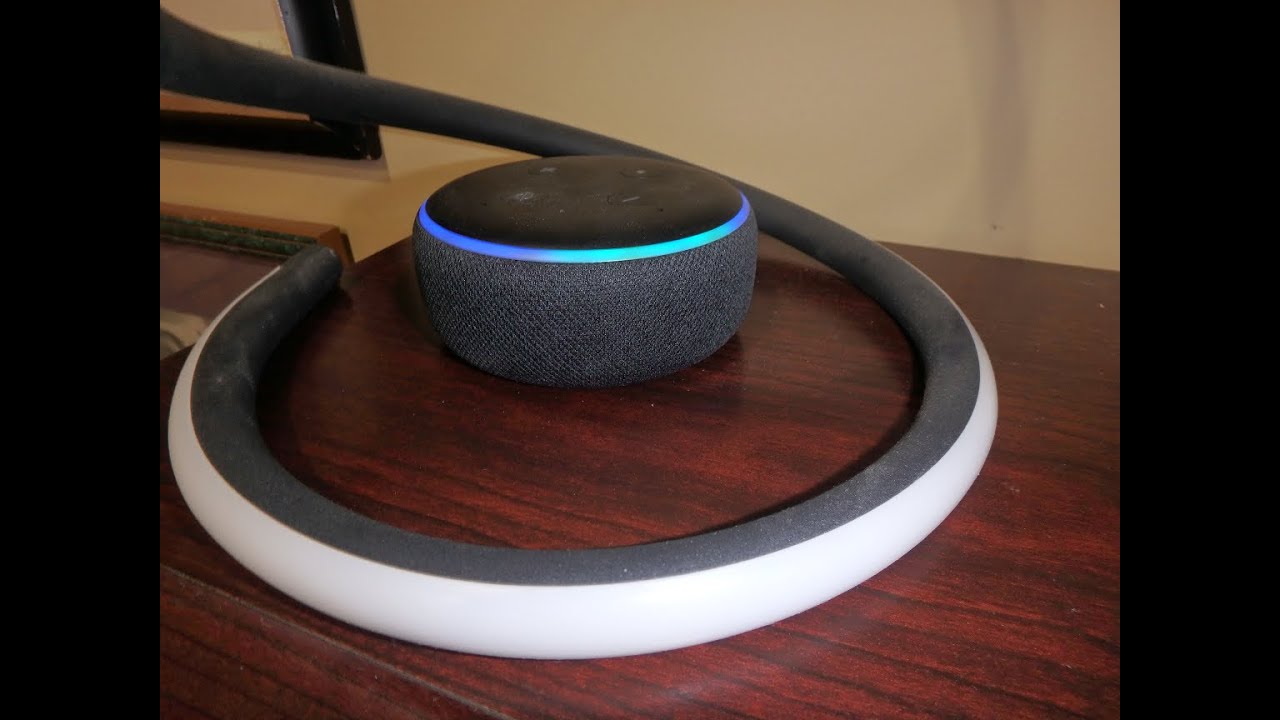
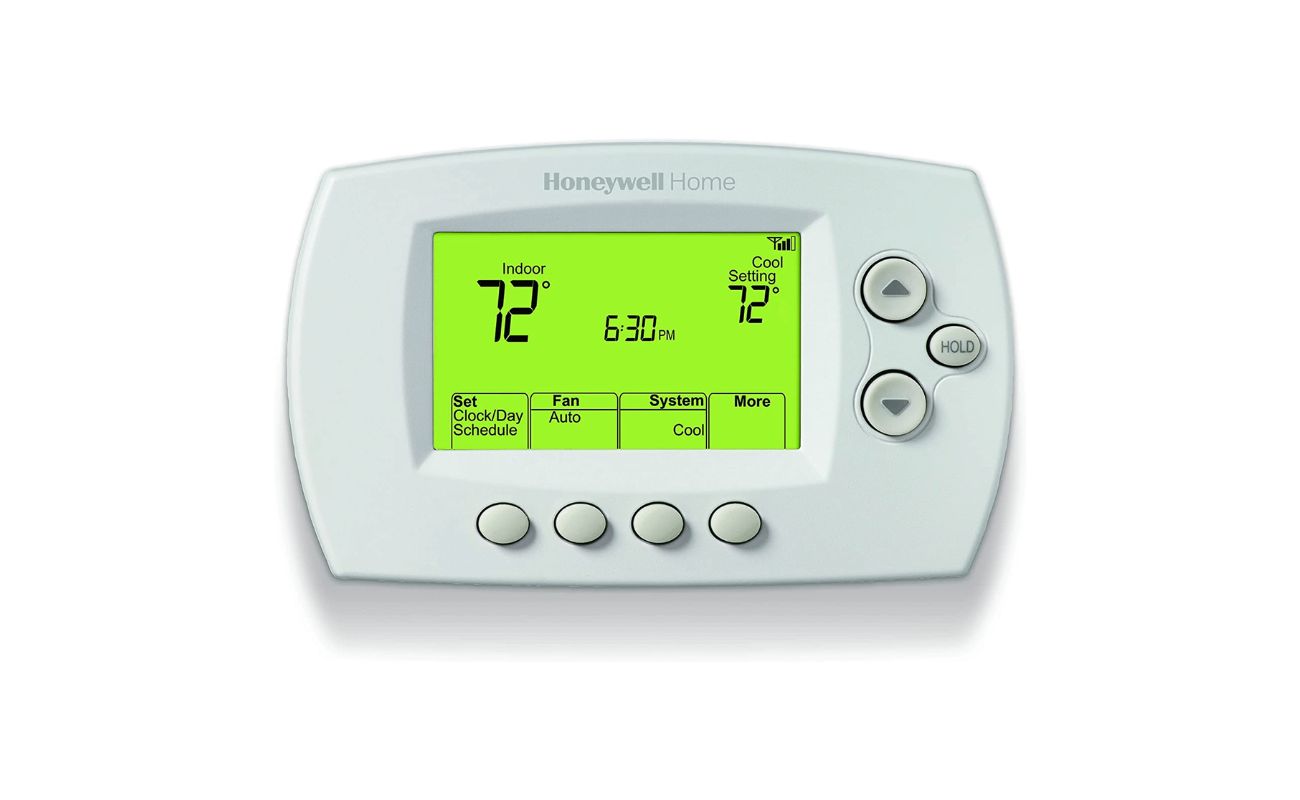
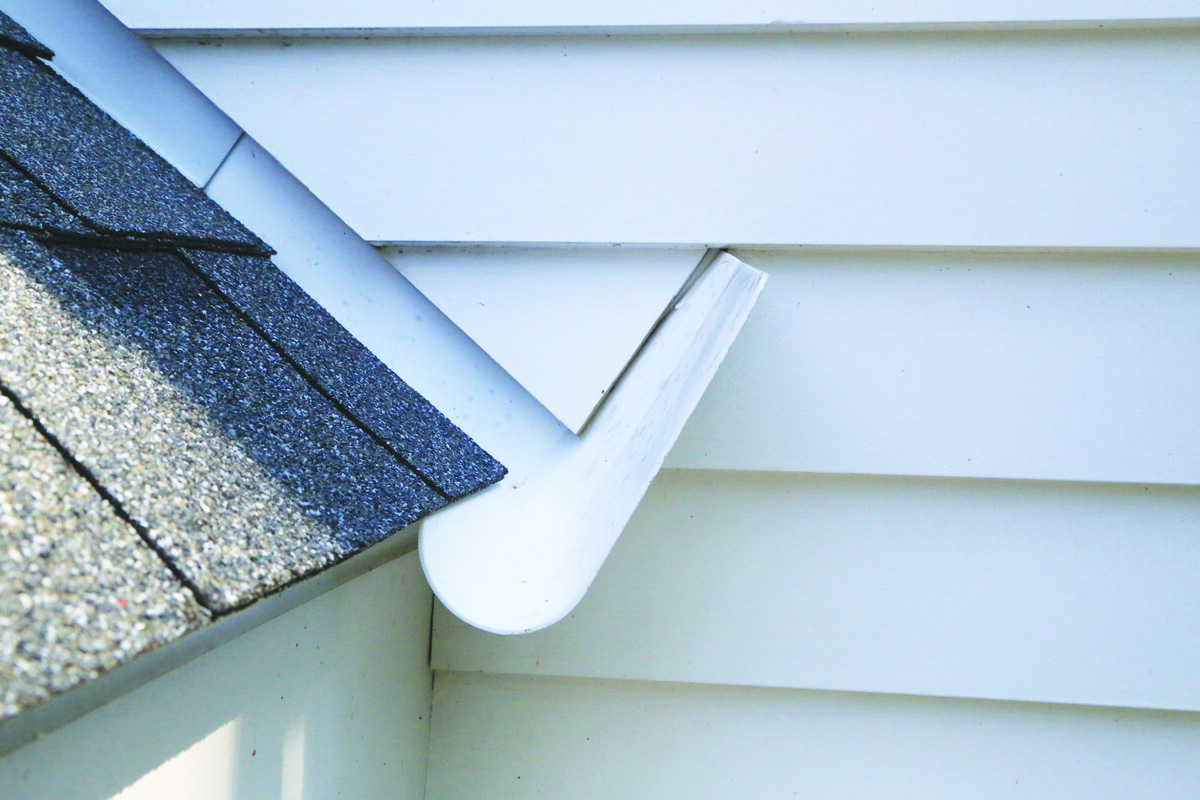
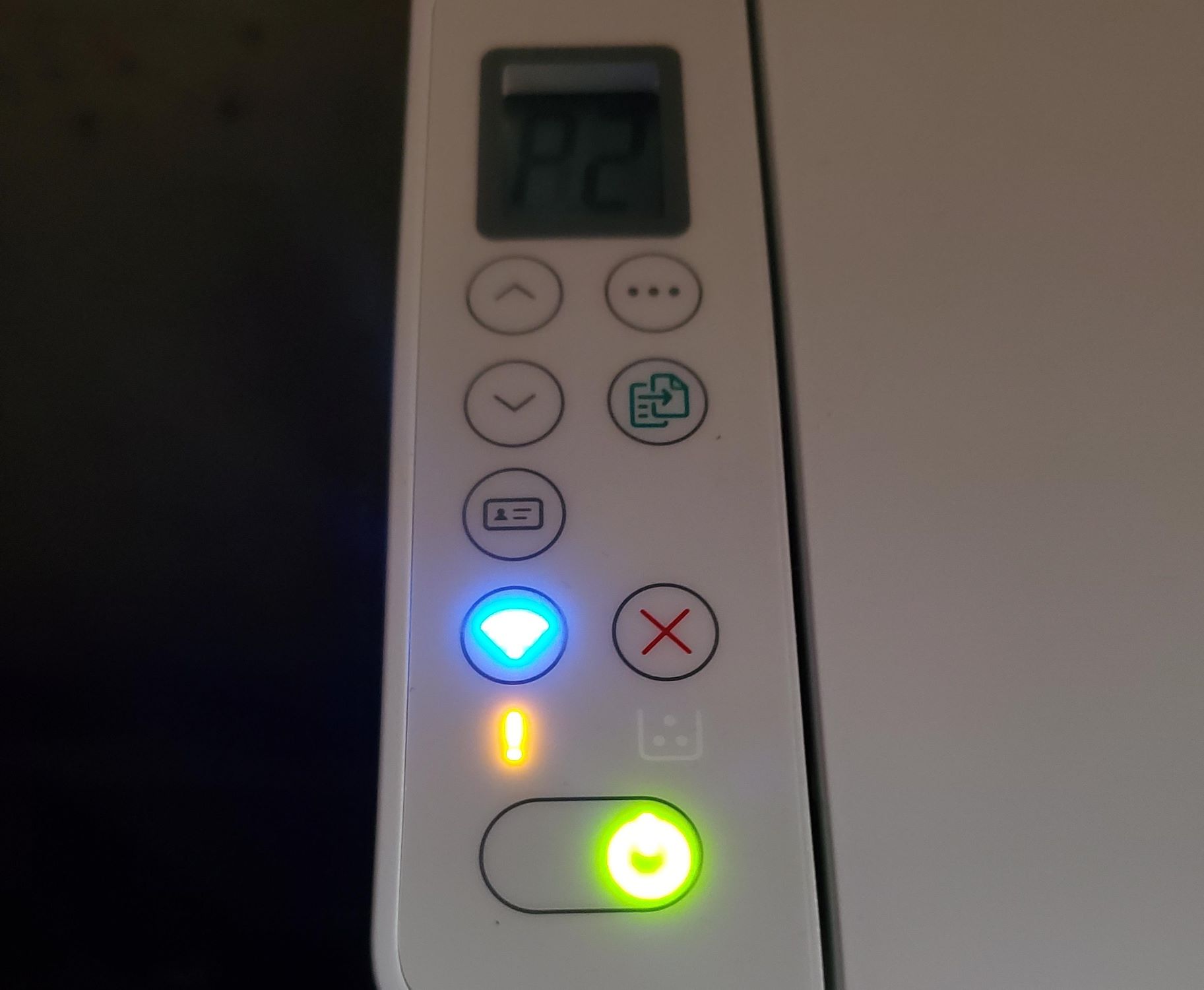

0 thoughts on “How Important Is A Flash Memory Card For Your Computer?”